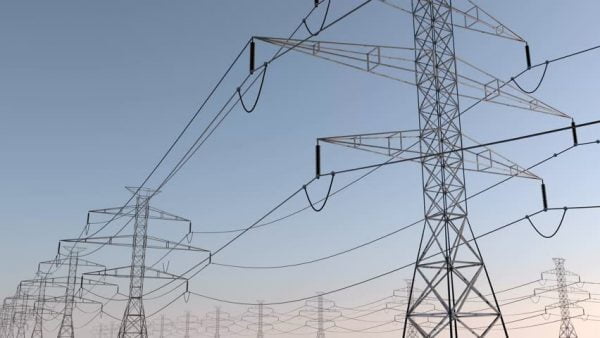US$100m secured for arrears clearance, Zesa to ease load shedding

Zimbabwe is set to clear its arrears owed to Mozambique and South Africa after securing a US$100-million facility from Afreximbank and revive a 30-year trilateral agreement with the two neighbouring countries as part of immediate-term solutions to stabilise local power supplies.
The trilateral agreement signed in 1990 allows Zimbabwe to negotiate for “firm and competitively priced” electricity from Cahora Bassa and Eskom, while paying off arrears is expected to unlock 550 megawatts (MW) from the regional utilities.
Our Harare bureau understands that President Emmerson Mnangagwa discussed the matter with his Mozambican counterpart, President Filipe Nyusi, during his visit to Maputo a fortnight ago. Government has prioritised establishing stable power supplies to drive economic growth.
Separately, the Zimbabwe Electricity Supply Authority (Zesa) has already paid two European companies to restore two units at Hwange Thermal Power Station — units three and six — by March this year. Zesa executive board chairperson, Dr Sydney Gata, said he was bullish that the country would experience relatively lesser load shedding than last year.
“Frankly speaking, we should not have had the severe load shedding that we experienced last year. Zesa and the past ministry failed to renew a primary agreement that was due for renewal in 2012. This trilateral agreement provides Zimbabwe first right of refusal to import 500MW of firm power at a very competitive tariff from Cahora Bassa,” said Dr Gata.
“This agreement was a result of the Mozambique government assisting us to access what was South Africa’s share of Cahora Bassa, at a time when SA also had a surplus. So with considerable support from Mozambique’s government, SA surrendered 500MW of its entitlement to Zimbabwe for which we were to build the Bindura-Cahora Bassa lines, also called the Bindura-Songo lines, which would reach to Dema substation.”
The agreement reportedly expired in 2012 but was not renewed. Government is now renewing it.
Two units at Hwange, which have been down for a number of years, are expected to be up-and-running by March, adding 300MW to the grid. Two foreign companies are currently working to revive the plants.
Dr Gata said: “We have been able to pay in advance to the French and Italian companies, who are the original suppliers, for the overhaul maintenance of the two units and it should be completed by mid-March. This means that we will add another 300MW or so.”
Dr Gata added that the country could secure more power from regional utilities once it clears its arrears.
He, however, noted that although a US$100-million facility had been secured from Afreximbank, there were delays in processing the transaction owing to the December holidays.
“The second unfortunate thing is that while Zesa has raised through a bank US$100 million to pay for arrears to Eskom; Electricidade de Moçambique (EDM), which is the power utility for Mozambique; and Cahora Bassa, which is like the ZPC (Zimbabwe Power Company) of Mozambique, there has been an inordinate delay in procuring borrowing certificates and guarantees from Government. It took almost two months to get the certificate.
“By the time they were issued just before Christmas, everybody had gone on holiday and we were not able to process. As people come back from holiday, we are pursuing with the bank to clear the arrears and activate support of up to 400 MW from Eskom and 150MW from EDM.”
Overall, the country’s debt to the regional utilities initially stood at US$70 million.
“In respect of Cahora Bassa, it is both to pay for the arrears and also renegotiate an extension of the old agreement. In respect of Eskom, the condition precedent is to pay for the arrears. With EDM is also to pay for the arrears.”
As part of efforts to improve Zesa’s efficiency, the parastatal would be restructured by mid-March through the re-bundling process.
“I have set up a board committee for the re-bundling but it is a fairly easy exercise to undertake with respect to policy and structure because the Government has decided what it wants to do. We may appoint a consultant to help us with the structure. In my case, I was the person appointed to establish the old Zesa in 1986, in January, when I was given the assignment to amalgamate six units that existed then,” said Dr Gata.
The subsequent structure that was assumed by the local power utility then, Dr Gata added, was similar to that of the Central Electricity Generating Board of the United Kingdom. He said retrenchments were “unavoidable at the top” as a result of the ongoing exercise. The bulk of middle managers and other staff will be spared.
In a separate interview, Energy and Power Development Minister, Fortune Chasi, confirmed a major shake-up was looming at Zesa. Speaking after a meeting with leaders of the Energy Sector Workers Union of Zimbabwe in Harare, Minister Chasi said disciplinary action had commenced against those involved in shady dealings at the power utility_The Sunday News


